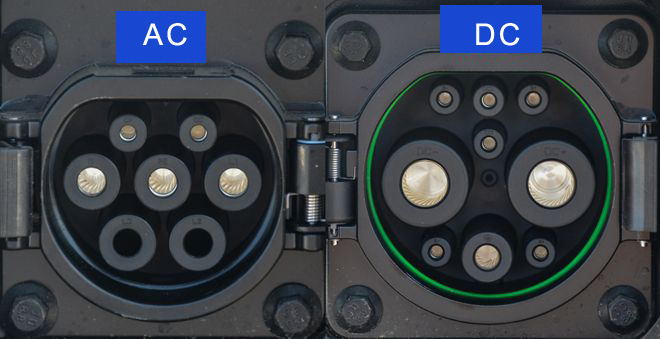The difference between AC slow charging and DC fast charging of EV charger
The slow-charging EV charger transmits alternating current to the car, and the fast-charging charging point transmits direct current to the car. Whether it is AC charging or DC charging, the AC power needs to be converted into DC power through the rectifier device. The conversion of fast charging is completed in the charging pile, and the slow charging is completed in the rectifier of the car, so the volume of the charging pile for fast charging will be relatively large. And their EV connectors are different.
1. AC slow charging
AC slow charging uses a small current to charge the battery of an electric vehicle for a longer period of time. Generally, the constant current three-stage charging with small current is used, and the general charging time is 5-10 hours.
Disadvantages: long charging time, it is difficult to meet the emergency charging of the vehicle, especially on long journeys.
Advantages: The cost of charging device and installation is low, and it can make full use of the low power period at night for charging and reduce the cost of charging.
2. DC fast charge
The emergence of DC fast charging has provided technical support for the commercialization of electric vehicles. DC fast charging EV charger can charge electric vehicles in a short time of 12-60 minutes with a large current.
Disadvantages: low charging efficiency, high installation cost of charging device. The charging current is large, the charging requirements are high, the service life of the battery is reduced, and the safety hazard is higher than that of slow charging.
Advantages: fast charging speed, short charging time, it can quickly solve the power supply.


Comments
Post a Comment